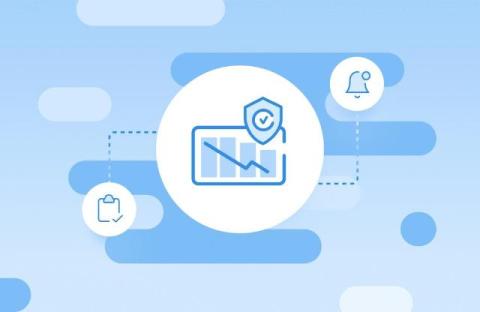ASPM and Modern Application Security
Gartner’s 2024 Hype Cycle for Application Security is making the rounds, and Application Security Posture Management (ASPM) continues to climb up and around the famous curve, from the Peak of Inflated Expectations in 2023 to this year’s slide towards the Trough of Disillusionment. That’s pretty fast movement for a technology that we haven’t yet succeeded in clearly defining!









